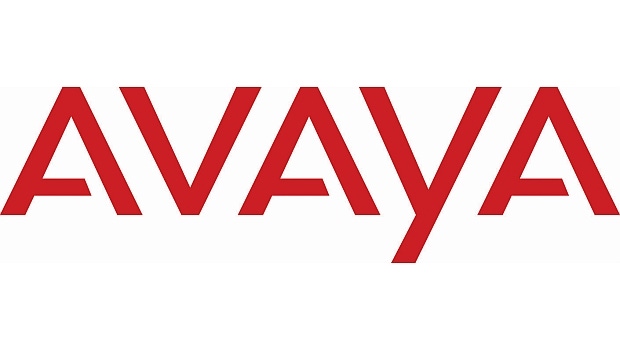Kevin Kennedy, Avaya’s president and CEO, said, “We had to reorganize our asset base … in order to grow and have a much more compelling future."

 AVAYA ENGAGE — Like the New England Patriots, who were big underdogs going into the fourth quarter of Super Bowl LI, Avaya is an organization “committed to winning, knows how to win” and will emerge from chapter 11 bankruptcy a stronger company.
AVAYA ENGAGE — Like the New England Patriots, who were big underdogs going into the fourth quarter of Super Bowl LI, Avaya is an organization “committed to winning, knows how to win” and will emerge from chapter 11 bankruptcy a stronger company.
That’s what Jim Chirico, Avaya’s chief operating officer and global sales leader, told a packed house during Monday’s opening session of Avaya Engage. The conference, a combination of what has been three separate Avaya conferences, includes more than 2,300 attendees.
Last month, Avaya filed for chapter 11 bankruptcy protection to reduce its debt load of about $6.3 billion, and said it has no plans to sell its call-center business. The company has been transitioning from a legacy hardware business to a software and services company.
“The fact of the matter is the company is strong; it has a strong business model,” Chirico said. “Granted, we have a number of challenges, but we view those as opportunities for the company.”
Avaya has 300,000 global customers, including 90 percent of Fortune 100 companies, he said. R&D is 16 percent of revenue, and it has 5,400 patents awarded or pending.
Kevin Kennedy, Avaya’s president and CEO, said the company’s debt structure developed prior to the last recession, and continuing to service the debt proved too expensive, so “we had to reorganize our asset base … in order to grow and have a much more compelling future.”
By filing for chapter 11, Avaya can cut in half its debt, reduce its debt service by 50 percent and obtain more free cash flow to invest in M&A and additional R&D, he said.{ad}
“Our journey as a software and services company is numerically quite far along and customers continue to climb year over year,” Kennedy said.
Mary Ann Tillman, Avaya’s director of solutions marketing, said vertical markets is one of the areas that “we’re going to use to emerge from chapter 11 and come out with more growth.” The company is “pursuing partners with a passion” to help with its increasing focus on vertical markets, she said.
“We’re getting very specific with these vertical markets,” she said. “We have a pretty broad presence in verticals today, in nine of 10 hospital systems and 10 of the top 10 banking systems,” she said. “We’re taking some of the bigger ones and really going after those. It really is an issue of focus for us.”
Avaya is examining critical needs of different vertical types and then …
{vpipagebreak}
… “getting specific solutions to them,” Tillman said.
John Norton, Arrow Systems Integration’s executive vice president of sales, said he feels “pretty good about what’s happening; we knew it needed to happen and there was nowhere to go.”
“It’s not the first time that Avaya’s gone through this,” he said. “And Avaya is so heavily integrated into the Fortune 500, it’s going to be very difficult for them to fail. What the customers are saying to me in many ways is kind of shocking … it’s business as usual.”
One area in which Avaya is going to struggle during this time is going to market for net new business, Norton said.
“That’s greenfield, customers aren’t locked into them, they haven’t already said yes with their checkbook, there’s no strategic advantage or customer relationship advantage,” he said. “So that’s a little bit more challenging for them to say, ‘We’ve got the right solution,’ when their top competitors are in better financial condition.”{ad}
Ian Pugh, president of Gsolutionz, a former Channel Partners 360 award winner, said he’s “very bullish on Avaya, and the innovation and investment that they have in the partner community is something they’ve always stood behind.”
“Some customers that maybe weren’t so proactive and engaging with us … it’s really opened up the door to have a conversation not only about the restructuring, but how Avaya and Gsolutionz can make an impact on their business,” he said.
Daniel Silverman, president of Telanet, said with Avaya’s debt, it wasn’t a sustainable model.
“So what’s the alternative, you close your doors and walk away, or you go back and restructure?” he said. “Every industry has gone through this. What I see is a company showing solid growth, year over year, quarter over quarter, and I see a company that’s showing quality products and people are invested in those products. And you’ve got a room of over 2,000 people here because they believe in Avaya. If you don’t believe in Avaya, you’re not going to be here.”
Read more about:
AgentsAbout the Author(s)
You May Also Like


